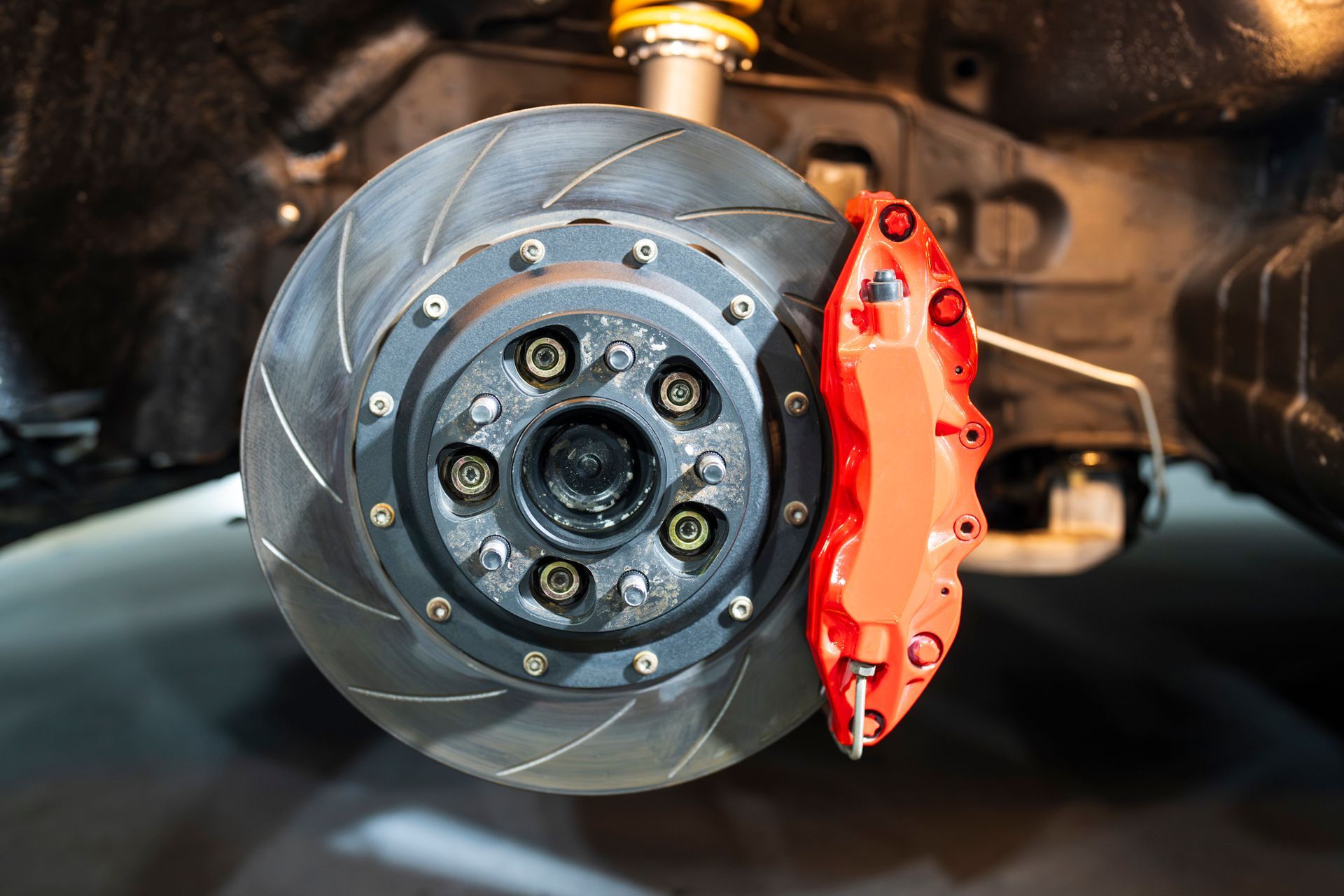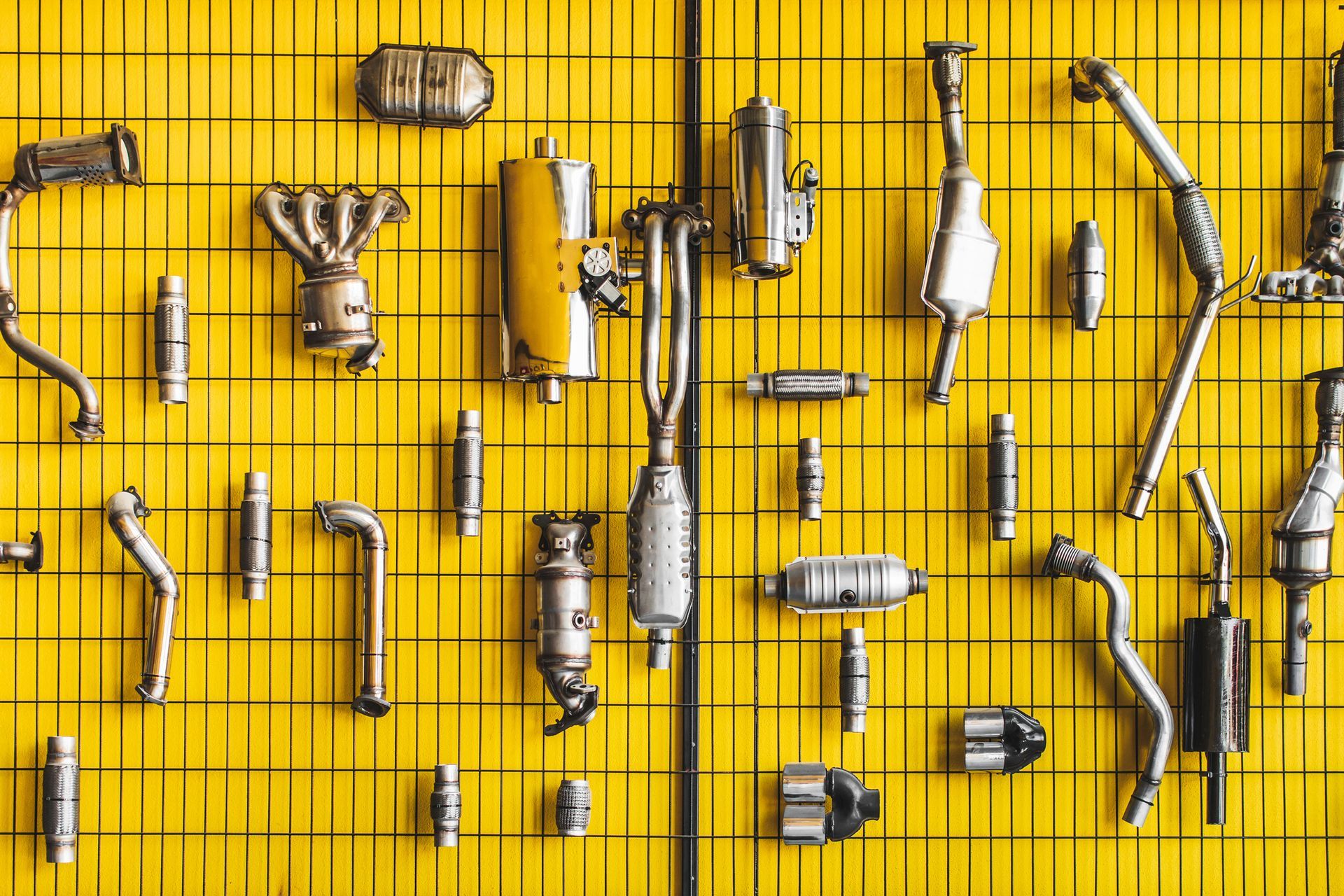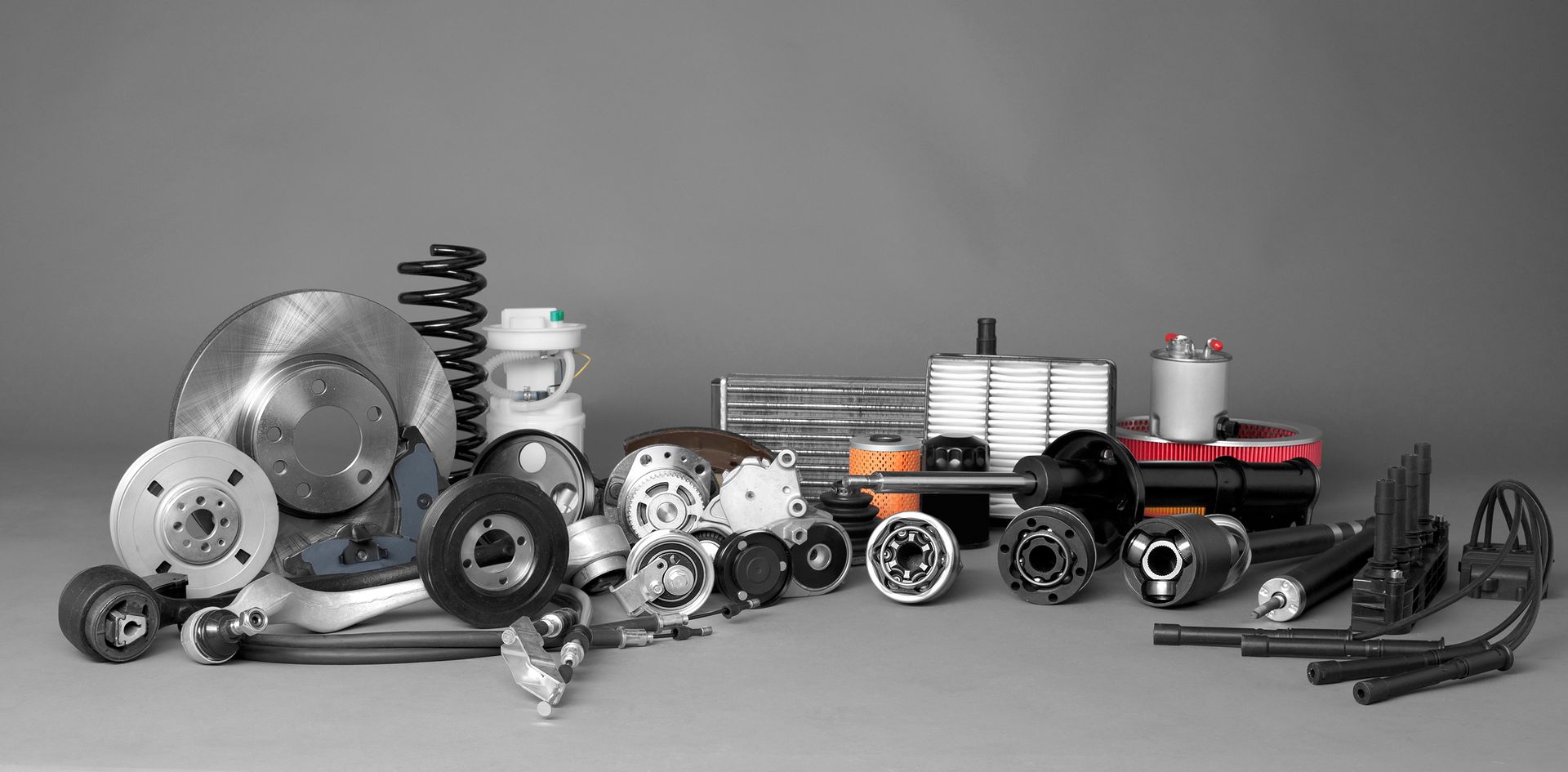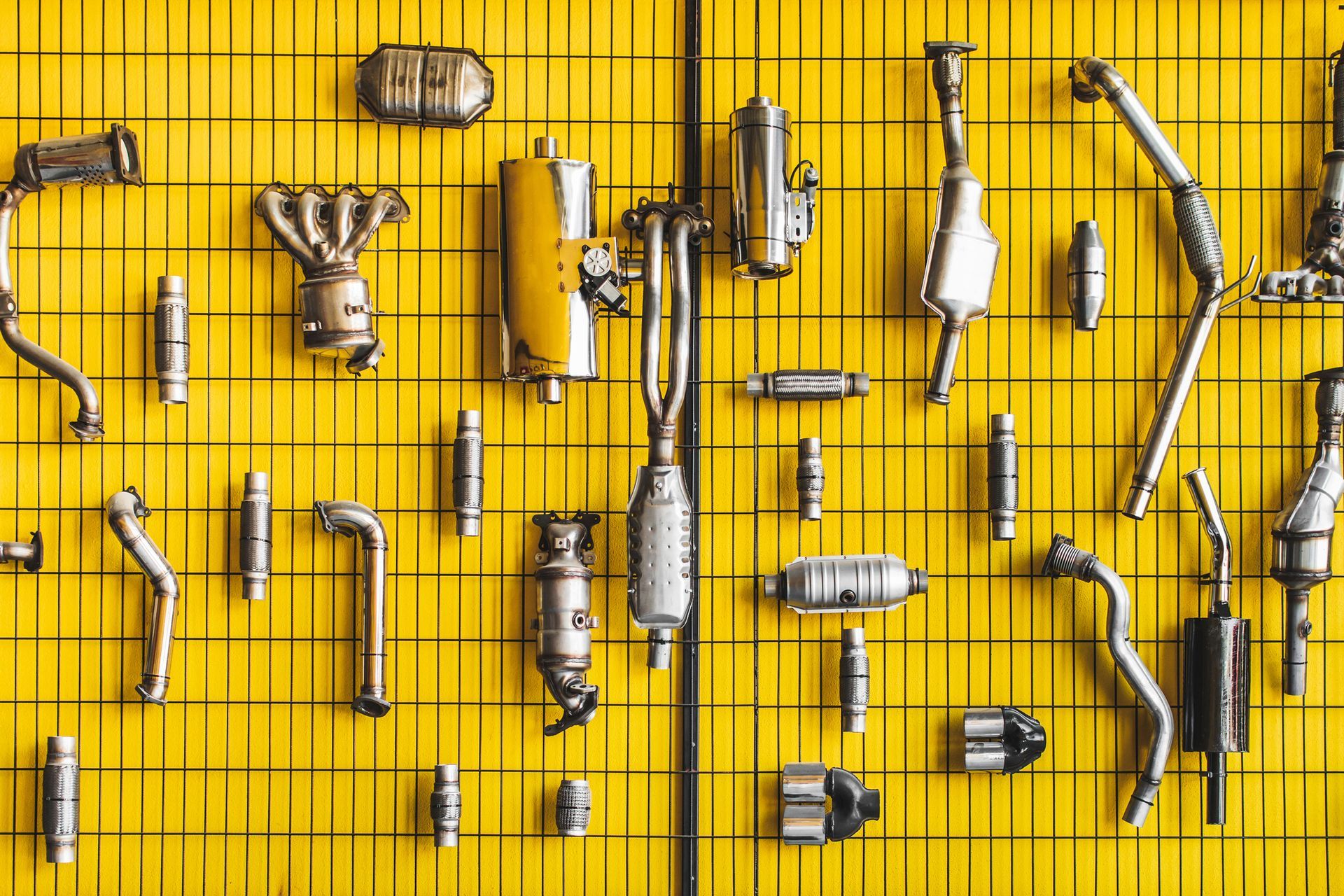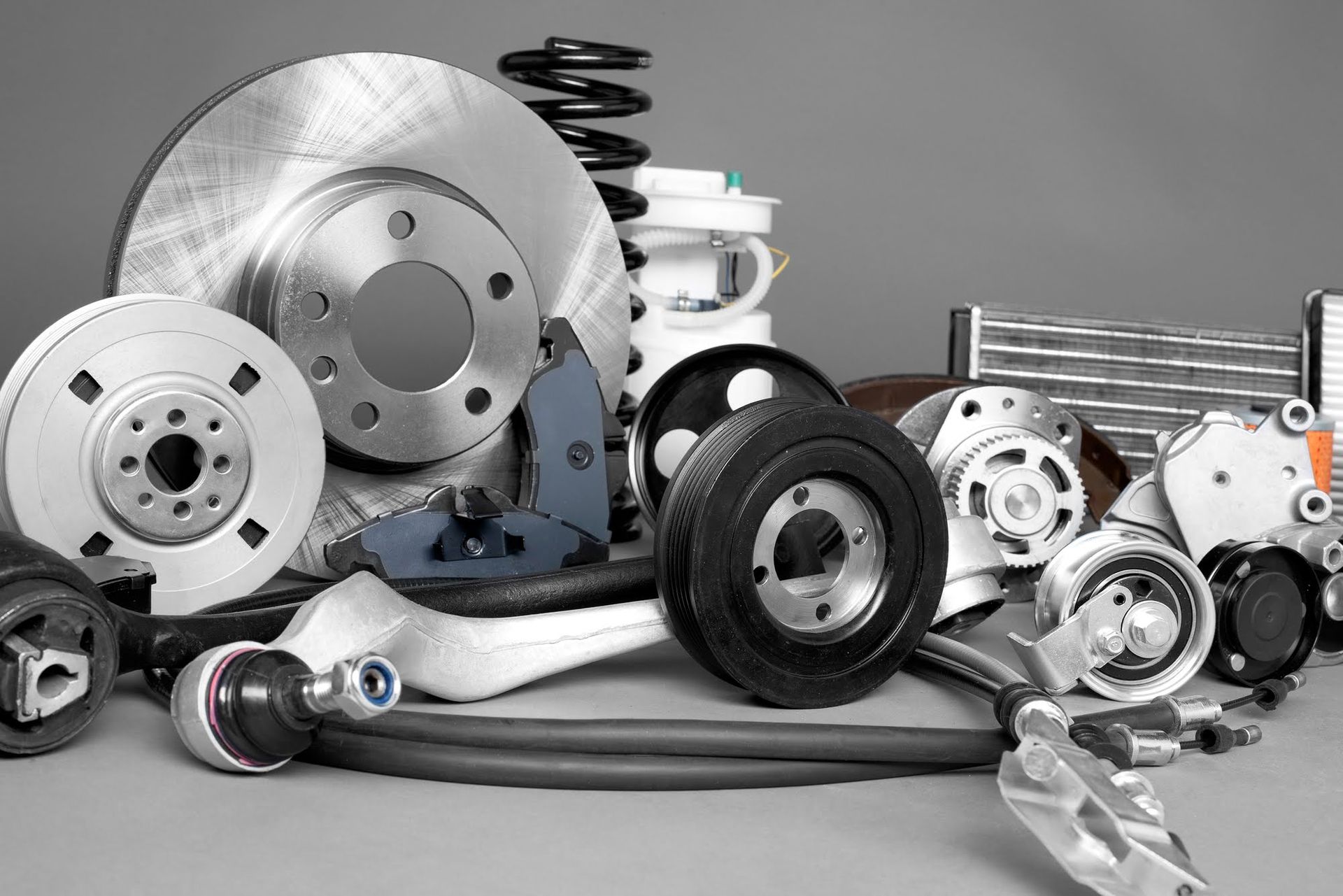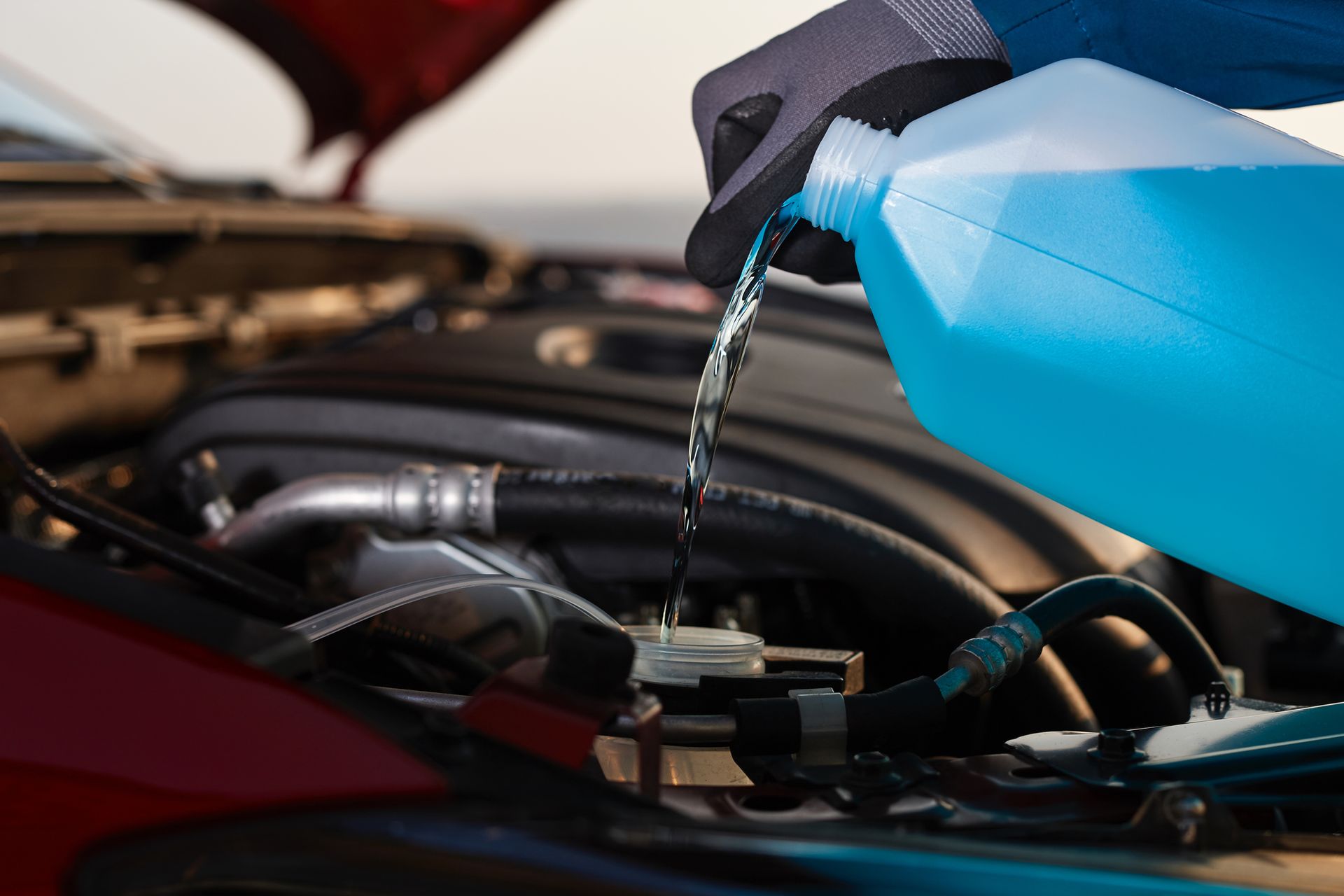Common Causes of Dents to Your Vehicle
Preserving the pristine appearance of your beloved vehicle can be an ongoing battle. No matter how cautious you are, dents seem to have a knack for finding their way onto your car. From bustling parking lots to unexpected weather conditions, a multitude of everyday factors can lead to those frustrating imperfections. Explore the key causes of these dents.
Shopping Carts
Shopping carts are often left unattended in parking lots, where they can easily roll into cars. Carts can also be pushed too close to cars, causing them to dent.
To avoid dents from shopping carts, park in well-lit areas and away from other cars if possible. If you see a cart unattended, return it to the designated area.
Car Doors
People often open their doors too quickly or without paying attention, hitting other cars. Dents from car doors can be minor or significant, depending on the force of the impact.
To avoid dents from car doors, park in designated areas and away from other cars. When opening your door, be mindful of your surroundings and check for other vehicles before swinging it open.
Inclement Weather
Hailstorms and high winds can cause significant damage to vehicles, including dents. Hailstones can range in size from small pebbles to golf balls, and they can easily dent car panels. High winds can also cause trees and branches to fall, which can damage vehicles parked below.
To protect your vehicle from inclement weather, park it in a garage or covered area if possible. If you must park outside, try to find a spot sheltered from trees and other objects.
Other Cars
Minor fender benders are another common cause of dents. These can happen when parking, backing up, or changing lanes. Even minor collisions can cause dents, especially if they involve bumpers or other body panels.
To avoid dents from other cars, be careful when parking and maneuvering your vehicle. Be aware of your surroundings and check your mirrors frequently.
Low-Hanging Tree Branches
Low-hanging tree branches can also cause dents to vehicles, especially when driving on narrow roads or under bridges. Branches can scratch and dent the paint and bodywork of your car.
To avoid dents from low-hanging tree branches, be aware of your surroundings when driving. Pay attention to the height of your vehicle, and avoid driving under branches that are too low. If you must drive under a low-hanging branch, fold in your mirrors and be careful not to scrape the roof of your car.
Minor Collisions
Minor collisions, such as hitting a curb or pothole, can cause dents to vehicles. These collisions can happen even to the most careful drivers.
To avoid dents from minor collisions, be careful when driving over curbs and potholes. Slow down and approach them at an angle. If you must drive over a curb or pothole, try to do so with one wheel at a time.
Flying Debris
Rocks and other debris flying off the road are especially common on highways where vehicles travel at high speeds. To avoid dents from flying debris, keep a safe distance from the car in front of you. If debris flies off your vehicle, this will give you more time to react. If you see debris flying off the road, try to swerve out of the way if possible.
Tight Parking Spots
When squeezing into a tight spot, it's easy to hit another car or object with your own accidentally. This can happen when you're trying to line up your car in space or getting in and out of the car.
Tight parking spaces also make it difficult to maneuver your car safely. You're more likely to hit something if you have to make a sharp turn or back up into a tight spot.
Dents are a common occurrence in vehicles, but they can be avoided by taking care when driving and parking. If your vehicle does become dented, it is important to have it repaired. Padco Auto Parts offers auto part services for commercial and personal vehicles. Contact us now to get started.



